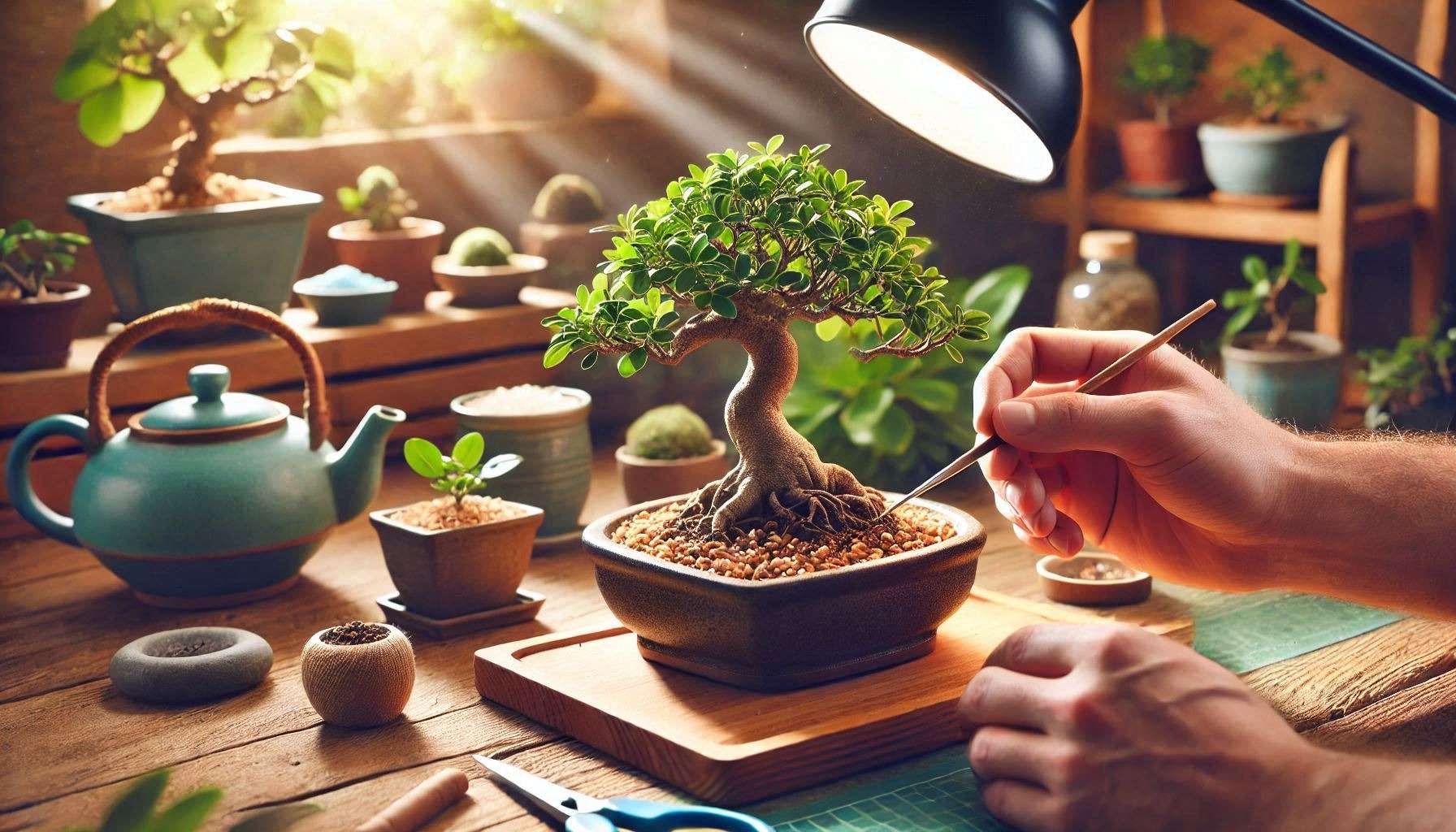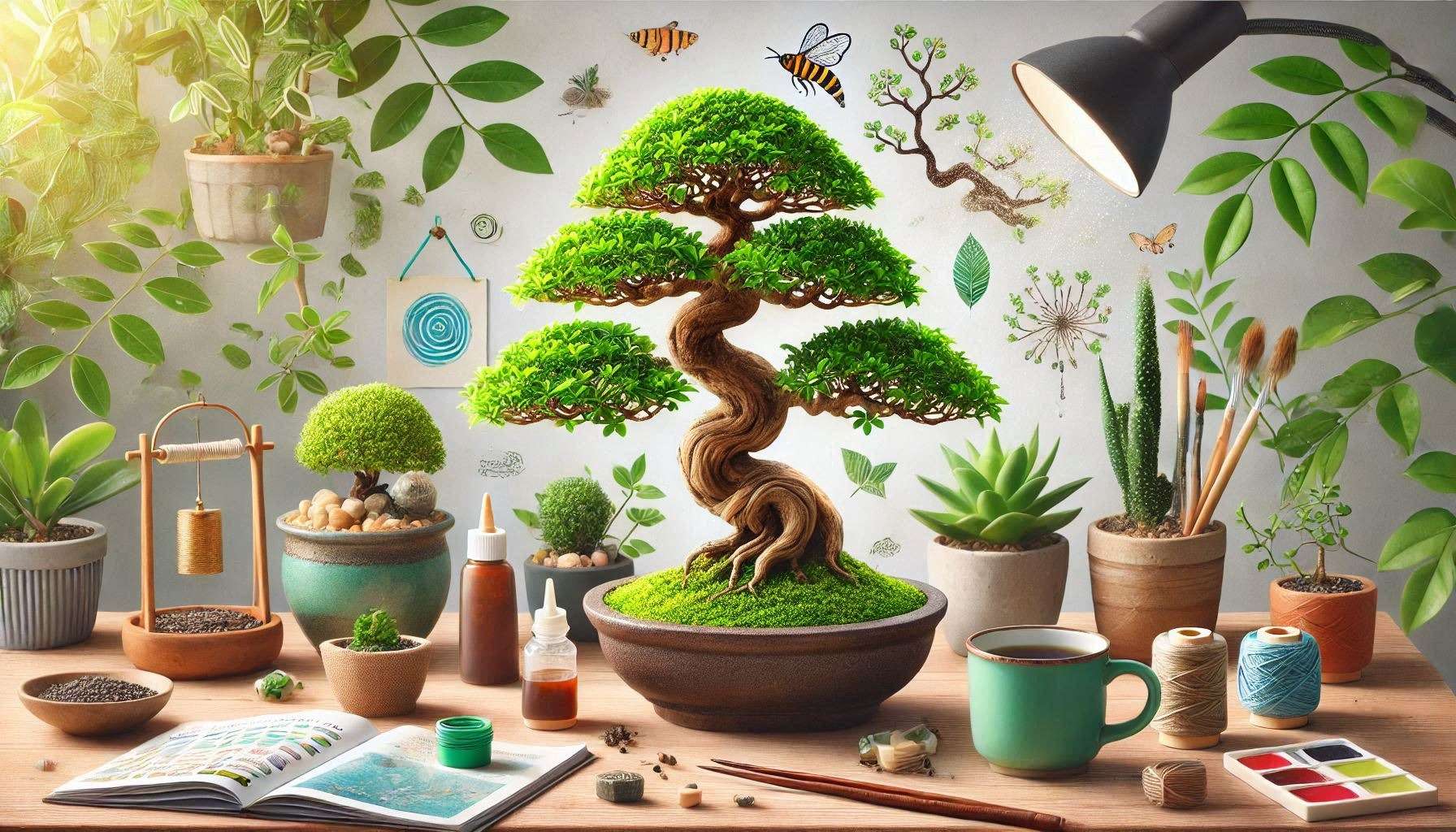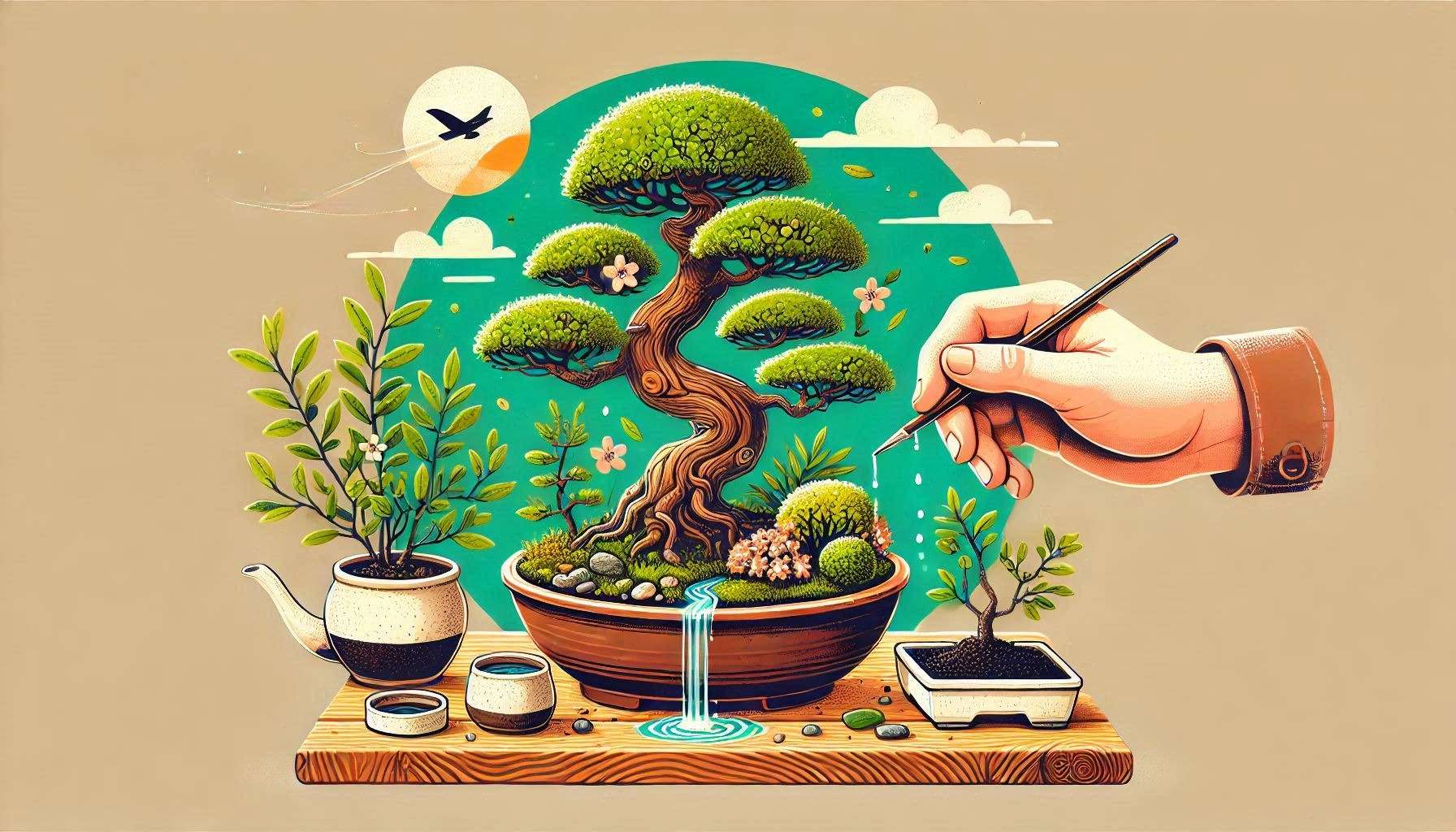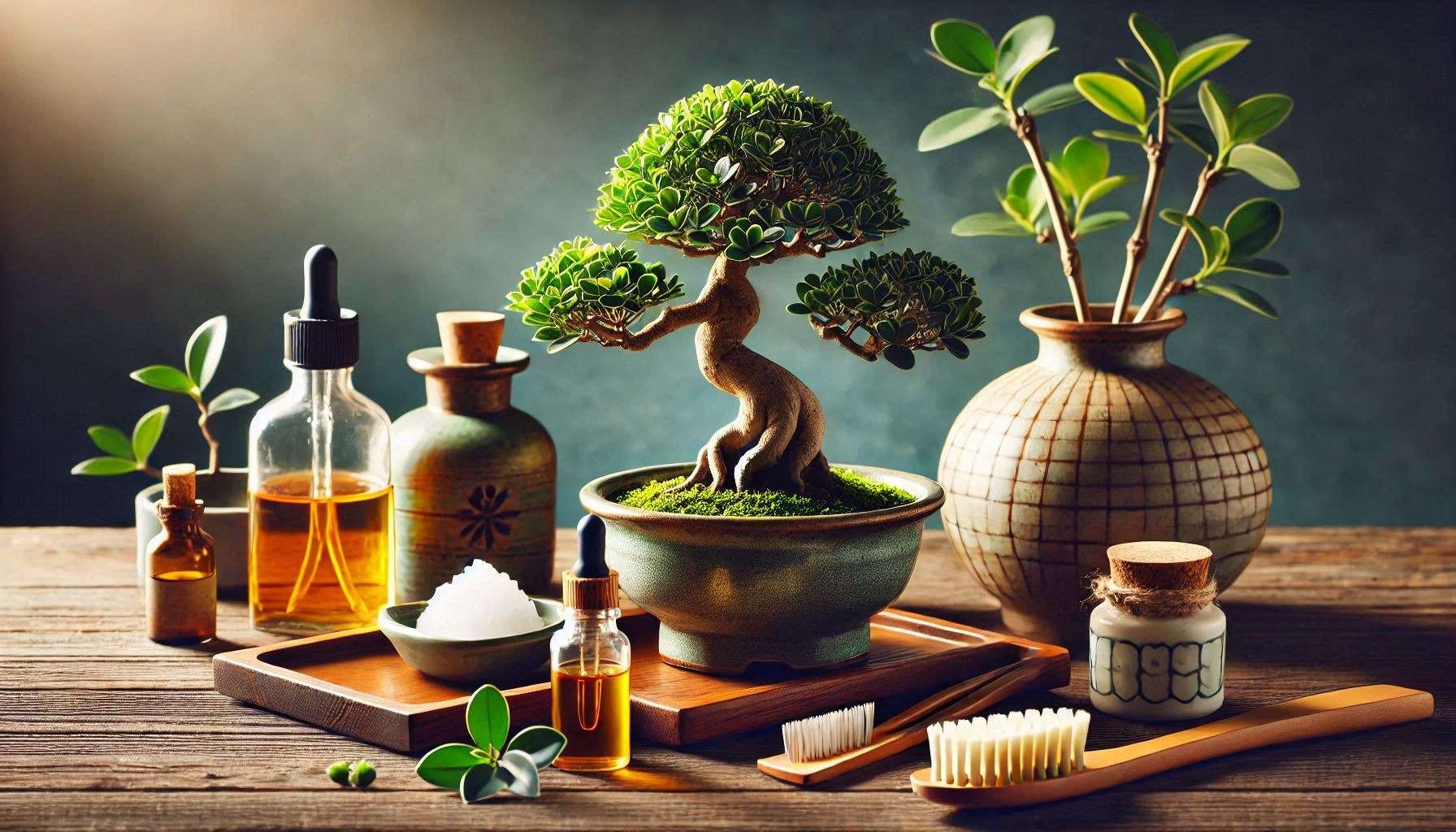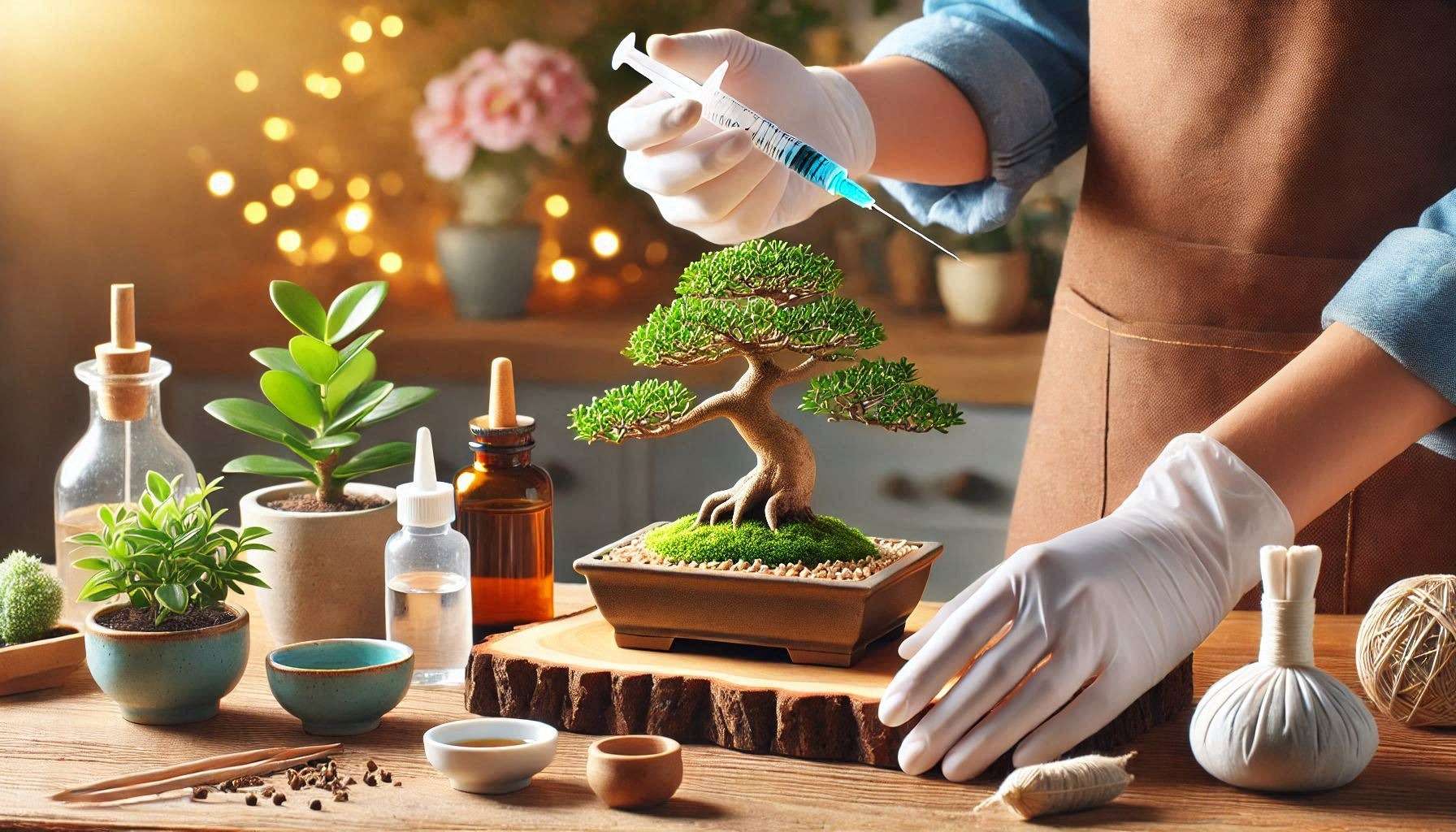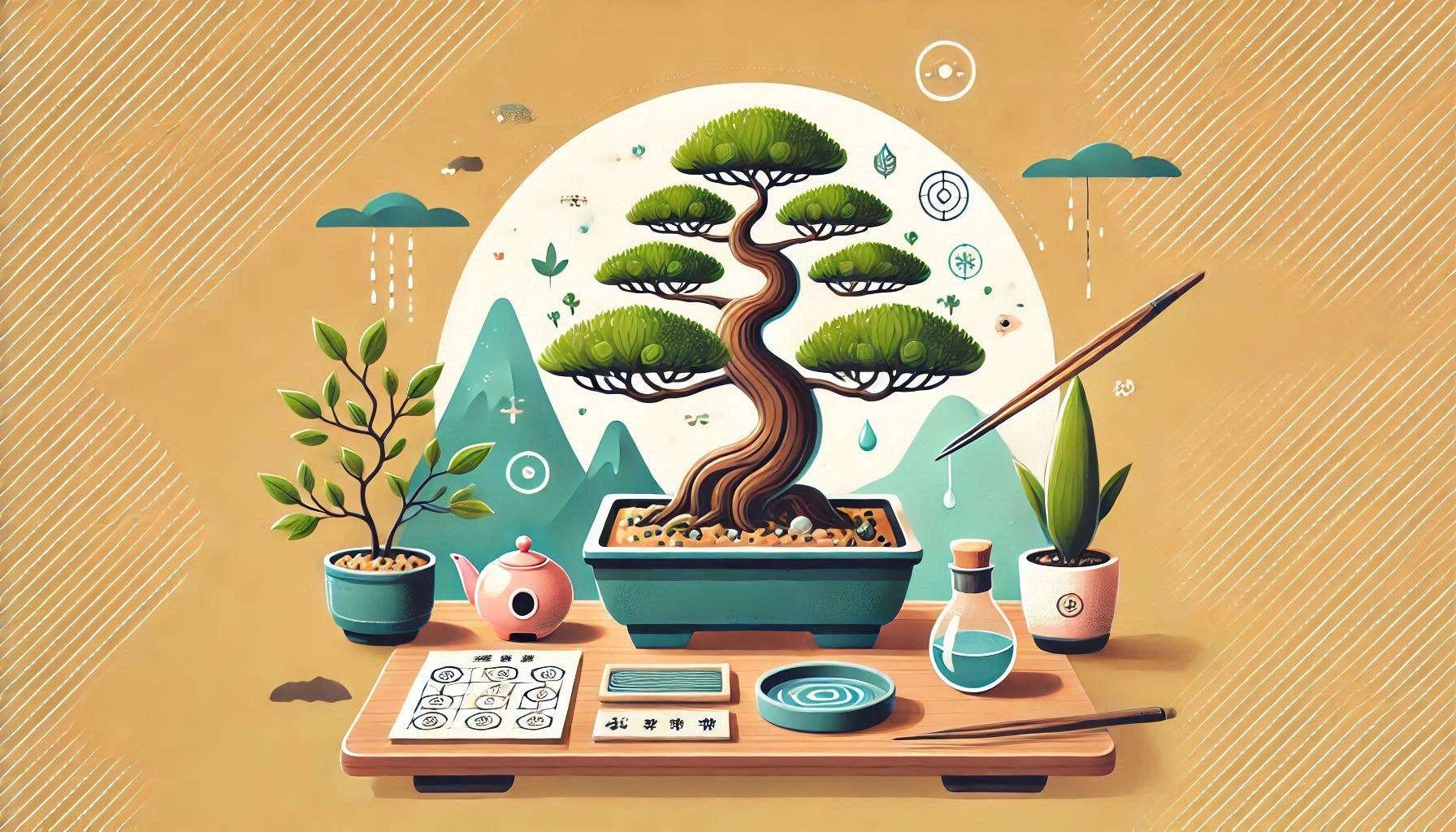How to Keep Your Bonsai Tree Healthy: Essential Tips for Care
Bonsai trees are not just beautiful pieces of art; they are living organisms that require proper care and attention to thrive. Whether you are a seasoned bonsai enthusiast or a beginner, understanding how to keep your bonsai healthy is crucial for its longevity and beauty. This article will explore essential tips for bonsai care, including watering, pruning, repotting, and pest management.
1. Understanding Your Bonsai Tree
Before diving into care techniques, it’s essential to understand the specific species of your bonsai tree. Different species have unique needs regarding light, water, and temperature. For example, a Ficus bonsai thrives indoors, while a Juniper prefers outdoor conditions. Research your specific tree type to provide the best care possible.
Source: Bonsai Empire – Types of Bonsai Trees
2. Watering Techniques
Watering is one of the most critical aspects of bonsai care. Overwatering or underwatering can lead to root rot or dehydration. Here are some tips:
- Check the Soil: Use your finger to check the soil moisture about an inch deep. If it feels dry, it’s time to water.
- Water Thoroughly: When watering, do so until water drains from the bottom of the pot. This ensures that all roots receive adequate moisture.
- Adjust for Seasons: During warmer months, your bonsai may require more frequent watering compared to cooler months.
Source: Bonsai Outlet – Watering Bonsai Trees
3. Proper Lighting Conditions
Light is essential for photosynthesis and overall health. Most bonsai trees prefer bright, indirect sunlight. Here are some guidelines:
- Indoor Bonsais: Place them near a window with filtered light. Avoid direct sunlight, which can scorch the leaves.
- Outdoor Bonsais: Ensure they receive morning sun and afternoon shade to prevent leaf burn during hot weather.
- Rotate Regularly: Rotate your bonsai every few weeks to ensure even growth on all sides.
Source: Bonsai Boy – Light Requirements
4. Pruning and Shaping
Pruning is vital for maintaining the shape and health of your bonsai tree. Regular trimming encourages new growth and helps maintain its miniature size.
- Timing: Prune during the growing season (spring and summer) when the tree is actively growing.
- Techniques: Use sharp scissors or shears to cut back new growth and shape the tree as desired.
- Remove Dead Leaves: Regularly remove dead or yellowing leaves to promote air circulation and prevent disease.
Source: Bonsai Empire – Pruning Techniques
5. Fertilizing Your Bonsai
Fertilization provides essential nutrients that may be depleted in the soil over time. Here’s how to fertilize effectively:
- Choose the Right Fertilizer: Use a balanced fertilizer (NPK ratio) specifically formulated for bonsais.
- Frequency: Fertilize every four to six weeks during the growing season and reduce frequency in winter.
- Dilution: Always dilute liquid fertilizers according to package instructions to avoid root burn.
Source: Bonsai Gardener – Fertilizing Bonsai Trees
6. Repotting Your Bonsai
Repotting is necessary every couple of years to refresh the soil and promote healthy root growth.
- When to Repot: Spring is typically the best time for repotting before new growth begins.
- Root Pruning: Trim back about one-third of the root system when repotting to encourage new growth.
- Choosing Soil: Use well-draining bonsai soil that retains moisture without becoming waterlogged.
Source: Bonsai Empire – Repotting Bonsai Trees
7. Pest Management
Bonsais can be susceptible to pests such as aphids, spider mites, and scale insects. Regular inspections are key.
- Identify Pests Early: Check leaves and stems regularly for signs of pests or disease.
- Natural Remedies: Use insecticidal soap or neem oil as organic solutions for pest control.
- Maintain Hygiene: Keep your bonsai area clean by removing fallen leaves and debris that can harbor pests.
Source: Bonsai Gardener – Pest Control
8. Humidity Requirements
Bonsais thrive in humid environments, especially tropical species. Here’s how to maintain humidity:
- Misting: Lightly mist your bonsai daily during dry seasons or when indoors.
- Humidity Trays: Place a tray filled with water and pebbles beneath your pot to increase humidity around the tree.
- Group Plants Together: If you have multiple plants, grouping them can help create a more humid microclimate.
Source: Bonsai Empire – Humidity Needs
9. Seasonal Care Adjustments
Understanding seasonal changes is crucial for proper bonsai care.
- Winter Care: Protect outdoor bonsais from frost by moving them indoors or providing insulation.
- Summer Care: Ensure adequate watering during hot months as evaporation rates increase.
- Spring Growth: Watch for new growth in spring; adjust pruning and fertilization accordingly.
Source: Bonsai Boy – Seasonal Care
10. Patience and Observation
Finally, caring for a bonsai requires patience and keen observation.
- Monitor Growth Patterns: Take note of how your bonsai responds to care routines; adjust as needed based on its health.
- Enjoy the Process: Remember that growing a bonsai is an art form that takes time—enjoy each stage of development!
Source: The Spruce – Caring for Bonsai Trees
Conclusion
Keeping your bonsai tree healthy involves understanding its specific needs and providing consistent care through proper watering, lighting, pruning, fertilization, repotting, pest management, humidity control, seasonal adjustments, and patient observation. By following these tips and being attentive to your tree’s health, you can enjoy a thriving bonsai that brings beauty and tranquility into your life. For further reading on bonsai care techniques and tips, check out these resources:
By investing time in learning about your bonsai’s needs, you’ll ensure its longevity and beauty for years to come!
People Also Ask
- What are the essential tips for keeping a bonsai tree healthy?
- To keep your bonsai healthy, ensure proper watering, adequate light, regular pruning, and fertilization. Monitor for pests and diseases, and repot as needed to refresh the soil. Understanding your specific bonsai species is crucial for tailored care.
- How often should I water my bonsai tree?
- Watering frequency depends on the species and environmental conditions. Generally, check the top inch of soil; if it feels dry, it’s time to water. Ensure thorough watering until it drains from the bottom of the pot.
- What type of soil is best for bonsai trees?
- Use well-draining bonsai soil that retains moisture without becoming waterlogged. A mix specifically designed for bonsais is ideal, as it supports root health and prevents rot.
- How do I prune my bonsai tree correctly?
- Prune during the growing season using sharp, clean tools. Remove dead leaves and trim back new growth to maintain shape. Research specific pruning techniques for your bonsai species to avoid damaging the tree.
- What are common pests that affect bonsai trees?
- Common pests include aphids, spider mites, and scale insects. Regularly inspect your tree for signs of infestation and use organic pesticides or natural remedies to manage any issues.
- When should I repot my bonsai tree?
- Repot your bonsai every couple of years in early spring before new growth begins. This refreshes the soil and promotes healthy root development while allowing you to trim back any overgrown roots.
bonsai tree care tips, how to keep bonsai healthy, watering bonsai trees, best soil for bonsai, pruning techniques for bonsai, common pests on bonsai trees, repotting bonsai trees, fertilizing bonsai trees, indoor bonsai care, seasonal care for bonsai,
People Also Read
- 2030 A Doomsday According to Indian Texts or Misinterpretation?
- The Glory of Narasimha Bhagwan: An Exploration of Ancient Indian History
- Medusa and Mansa Devi: The Untold Myths Connecting Greek and Hindu Traditions
- “The Enigmatic Link Between the Bermuda Triangle and Hindu Mythology of Ramayan: Unveiling the Mystery”
- why is mt. Kailash Considered to be a Sacred Site?
- How Eastern Wisdom Can Transform Your Modern Life.
- Lord Shani and Lord Yam : God of Karma for Living and Death
- In which direction Ganesh Idol should face.
- What is the logic for existence of God?
- Who Is Mahadev Shiv ?
- How to increase love for Krishna?
- Hanuman Chalisa English Lyrics| Bhajle Ram Naam | Prashyant Jha
Free AI Tools To test yourself
- Love Percentage Checker Tool – Check For Free!
- Soulmates Initial Finder
- Hz Frequency Generator- Free Online Tone Generator
- Mental Health Check In Tool [ FREE TEST ]
- Best Free Phone Photos Download
- Image Converter (Online & Free)
Seotoolrank.com Free Ai Tools
- RankVortex – Implies pulling traffic and SEO rankings toward you.
- How do I convert a PNG file to BMP?
- ConvertEase PDF
- Website Speed Checker Tool
- SEO Word Counter with Character Count
- Free Stopwatch and Online Timer Countdown
- Age Calculator Tool
- Password Generator Tool
- Qr Code Generator Free
- AI Story Generator Tool
- Blog Title Generator Tool [FREE]
